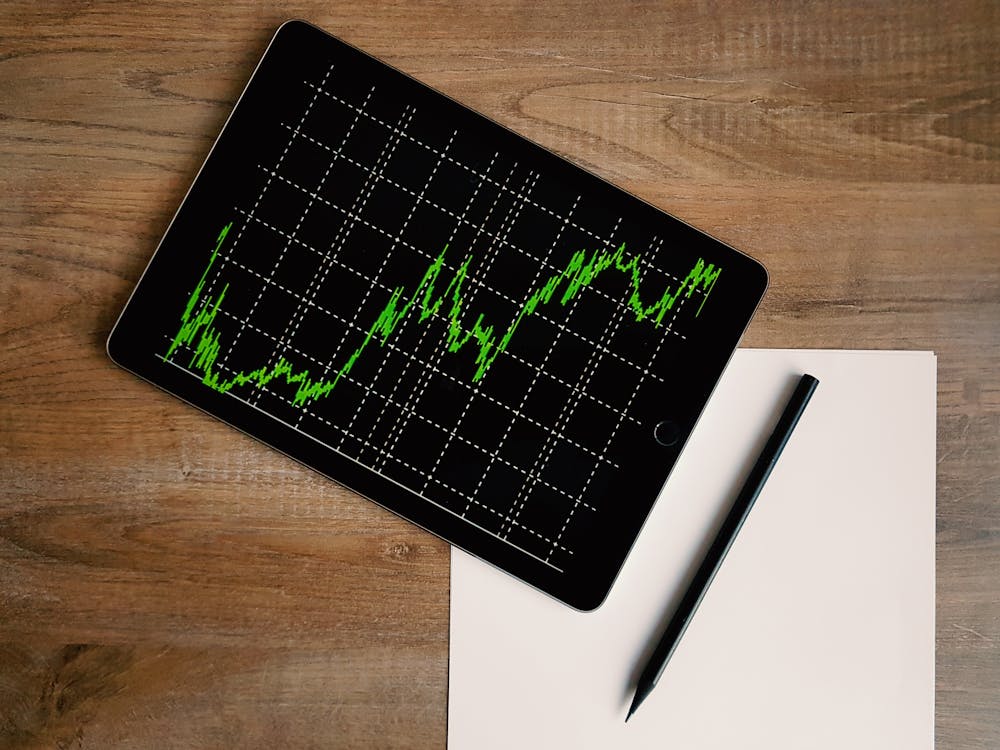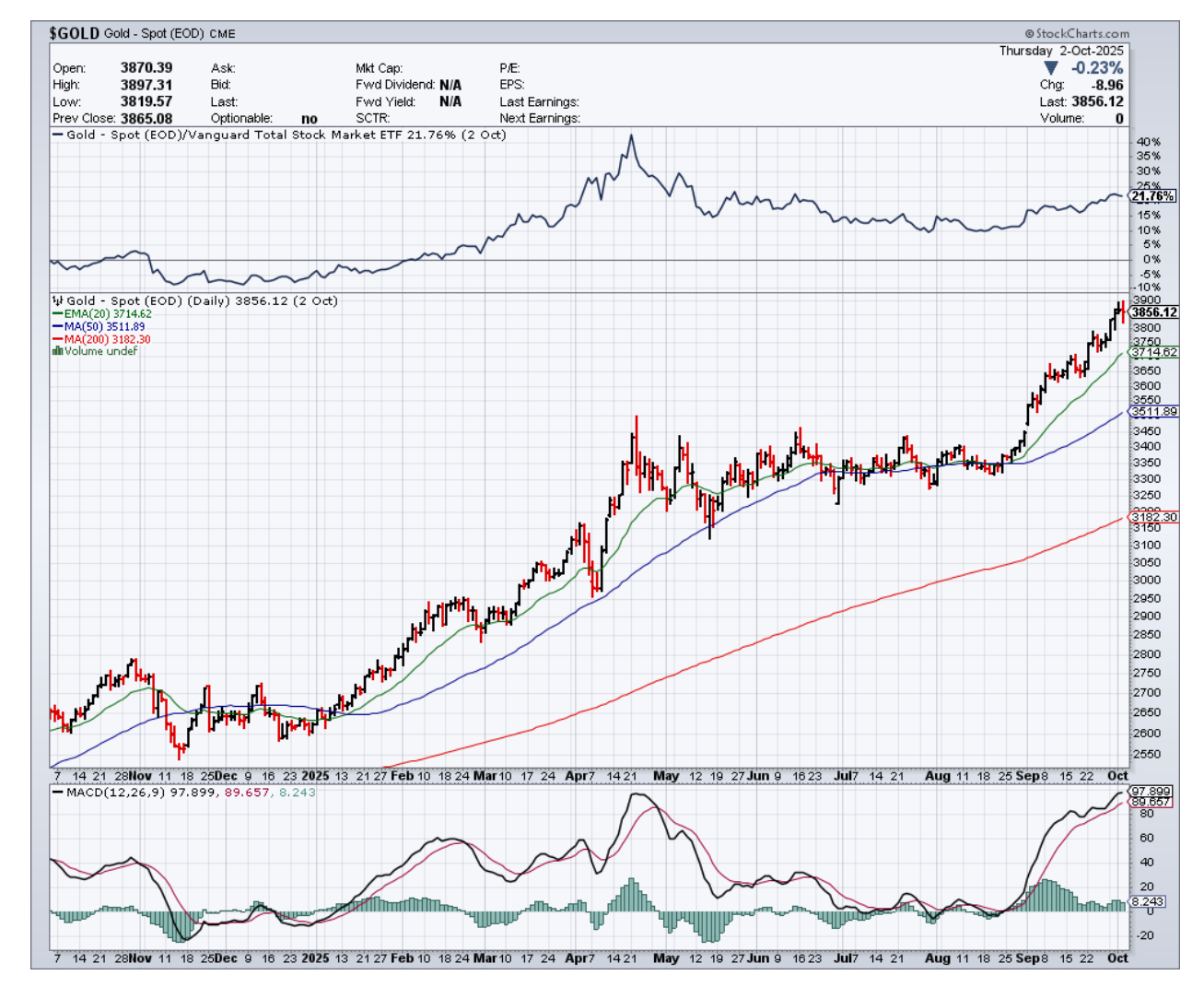The Liquidity Wave That Everyone's Missing

Image Source: Pexels
While everyone's talking Fed cuts and shutdown fears, I'm watching $63.4 billion flood into equity funds - the biggest inflow since the election. That's not fear, that's FOMO on steroids.
And here's what kills me about this market: the narrative is completely wrong.
Turn on CNBC right now and they'll tell you this rally is about "rate cut hopes driving risk-on flows." Beautiful story. Sounds logical. Fits the talking points.
It's also bullshit.
What's actually happening is a massive global liquidity wave that nobody wants to acknowledge because it doesn't fit their Fed-centric worldview.
I'm trading from my childhood basement because we're moving houses, and even from this ridiculous setup, the signals are crystal clear.
The Real Story: Follow the Money, Not the Narrative
Here's what I'm actually seeing while the financial media chases shutdown drama:
China keeps expanding liquidity. The People's Bank of China continues pumping support into their system, and that money doesn't stay in Shanghai. It flows globally, chasing returns in U.S. risk assets.
The Treasury Department just showed their hand. Earlier this week, they conducted a $4 billion bond buyback. They offered $12 billion worth, but the key is they stepped in at all. That's a direct signal: "We'll provide liquidity support where necessary."
These aren't isolated events. They're coordinated moves driving everything from the AI trade to gold hitting $3,860 per ounce.
(Click on image to enlarge)

Markets don't even care about the delayed jobs number because this isn't about economic data anymore - it's about flows.
The Numbers Don't Lie
Banking reserves sit at $2.98 trillion. Still problematic long-term, but providing enough runway for this risk-on environment to continue.
Gold pushing toward my $3,900 target - not because of "shutdown fears" like the headlines claim, but because precious metals are the ultimate liquidity proxy.
Why This Matters for Your Trading
I've been advocating for selling put spreads on gold down near the 50-day moving average rather than chasing momentum.
High probability trades that let you step in and buy weakness instead of paying premium for FOMO.
We're in the middle of a liquidity wave I expect to continue well through 2026.
The eventual peak could hit 7,100 on the S&P 500, maybe even 7,500.
But here's the thing - I know it defies expectations. The S&P 500 has moved on loose monetary policy since 2008's quantitative easing, turbocharged since 2020.
They keep finding new ways to provide system support, which increases risk, leverage, and drives higher asset prices.
The Pattern You Need to Watch
Every time we've hit yellow on our S&P 500 signals this year, the market touched that 20-day EMA and bounced right back.
That's not coincidence. That's liquidity finding support levels and driving price discovery through technical levels.
Breadth looks fine with more breakouts than breakdowns. Early leadership in energy, cyclicals, and financials despite recent weakness. The Russell 2000 maintains momentum with selling pressure abating.
What The Smart Money Knows
Markets aren't focused on the underlying economy or DC policy theatrics. They're being driven by momentum and liquidity flows.
That's why everything AI is back in play. That's why I'm seeing continued strength in China proxies. That's why gold keeps pushing higher despite everyone trying to tie it to "fed easing bets."
Until global liquidity expansion changes, risk assets go higher.
The Bottom Line
While everyone debates shutdown timelines and Fed meeting minutes, I'm positioning for a liquidity-driven market that defies traditional valuation metrics.
Because in a world where central banks coordinate policy and shadow banks control credit flows, old rules don't apply.
Stop fighting the narrative. Follow the flows.
More By This Author:
The Forgotten Sector That Could Define 2026This Gold Move Scares Me
Why Your $100 Stock Is Going To $88
Disclaimer: DMO Holdings Corp., which owns MJobserver.com, is not registered with any financial or securities regulatory authority, and does not provide nor claims to provide investment ...
more


